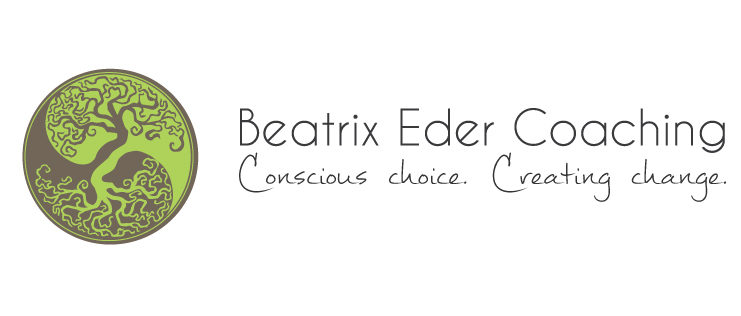
Corporate culture and how it impacts performance
Corporate culture is mostly invisible, yet it has tremendous impact on the attitude, the productivity and well-being of its employees
Culture is often explained by the analogy of fish swimming in water: they are so used to it, adapted to it and part of it that they do not even realize they are in it. Corporate culture is the amalgamation of mostly unspoken structures that exist within an organization: created by the founders, carried forward by the management and maintained through the hiring of people who have a “good fit”. ‘Accepted’ and ‘unaccepted’ behavior is silently passed on to new employees in the form of dress codes, hiring / firing decisions, business hours, how clients are to be treated, and even how an office is set up.
Culture impacts performance
These structures solidify over time, and largely influence how both management and employees behave, how they perform and how productive they are.
For incoming employees, gauging an organization’s culture can either be an attractive incentive to join, or a reason to opt out. With today’s changing attitudes about management and leadership, many organizations take on the challenge of consciously creating their own culture for the betterment of collaboration, wellbeing and ultimately – performance and profitability.
Achieving coherence is beneficial for everyone: the more individual employees are aware and aligned with the habits of the corporate culture, the more smoothly and efficiently they work together which increases their motivation and integrity for their projects and their sense of belonging to the group.
Competing Values Framework
One way to understand the culture of a given organization is through the Competing Values Framework developed by Robert Quinn and John Rohrbaugh. The model is built upon four different approaches to management, organizational values and strongest competencies that define organizational effectiveness.
The model is based on two dimensions:
The horizontal axis shows how much an organization is focusing inward or outward
The vertical axis determines how decisions are made: in a more flexible or more controlled way.
Each culture type has its strengths and works well in specific phases of a company’s life, depending on the overall goals.
Four main types of corporate culture
Hierarchical (Control Culture)
Hierarchical organizations are the most traditional and formal workplaces where people are expected to fully adhere to rules and procedures. It’s mostly companies with a long history that develop a control culture - often in manufacturing, finance or hotel management to name a few typical industries. Their unifying values are stability, control, standardization and efficiency.
Successful leaders need to have strong skills in organizing, coordinating and monitoring both people and processes. They usually take decisions in a top-down way and tend to function more as a manager than a leader. Junior employees need to work themselves up, going through the different hierarchical levels.
These companies often have a complex management system and internal teams will be greatly specialized. Creativity and innovation are often lagging behind due to the high degree of standardization and a preference for stability and predictability.
Market (Compete culture)
Organizations with a competing culture are all about winning and they evaluate success based on measurable targets in sales and product development. Positioning, strategic pricing and big market share are highly emphasized.
Leaders in these companies tend to be results-driven, productive and able to quickly take decisions to succeed in these cultures. Individual achievements are valued more than teamwork and this can attract “superstar” people who are high performing, yet they can be territorial and tight collaboration can be challenging for them. General Electric is an example for a company with market culture.
Clan (Collaborative culture)
Companies with a collaborative culture have a strong focus on customer satisfaction and for this reason they often invest in marketing their products and services. Shared values are about teamwork, cohesion, loyalty and traditions. Employees tend to have a high degree of belonging and consider the company often an extension of their family.
Leaders in collaborative cultures are expected to function as a mentor and consider the long-term development of people in their decisions. Teams are mostly managed in a matrix-style, which is considered to be in the middle on the rigid-flexible spectrum.
Examples for Clan Culture are Japanese firms and scale-up companies that aspire to grow into a bigger enterprise.
Adhocracy (Create culture)
This is the least conventional culture and has a fluid organizational structure. Characteristic for these organizations are a high degree of adaptability and an outlook to the future, aiming for growth.
Individual initiative and freedom of decision are the norm; differentiation, creativity, experimenting and taking risks are rewarded. Effective leaders in these cultures are usually dynamic entrepreneur types, often charismatic and visionary.
Adhocratic cultures work well with remote and autonomous teams, in particular in technology, research & development.
Classic examples for these companies are Apple and Steve Jobs or the way NASA organized the emergency response to save Apollo 13.
Use your corporate culture in a strategic way
None of the above-mentioned cultures is better than the others. They all work in their own way and are well-adapted for certain situations and people. The key is that the management is aware of the culture and consciously creates it over time, knowing when to hire people who will maintain the culture and when there is the need to bring in fresh ideas and new approaches.
Where do you see your company culture and how does it impact the behavior and performance of people?
Questions for reflection
- How would you describe your corporate culture in five words?
- What kind of employee achievements does the company recognize?
- How are company values translated into daily life?



